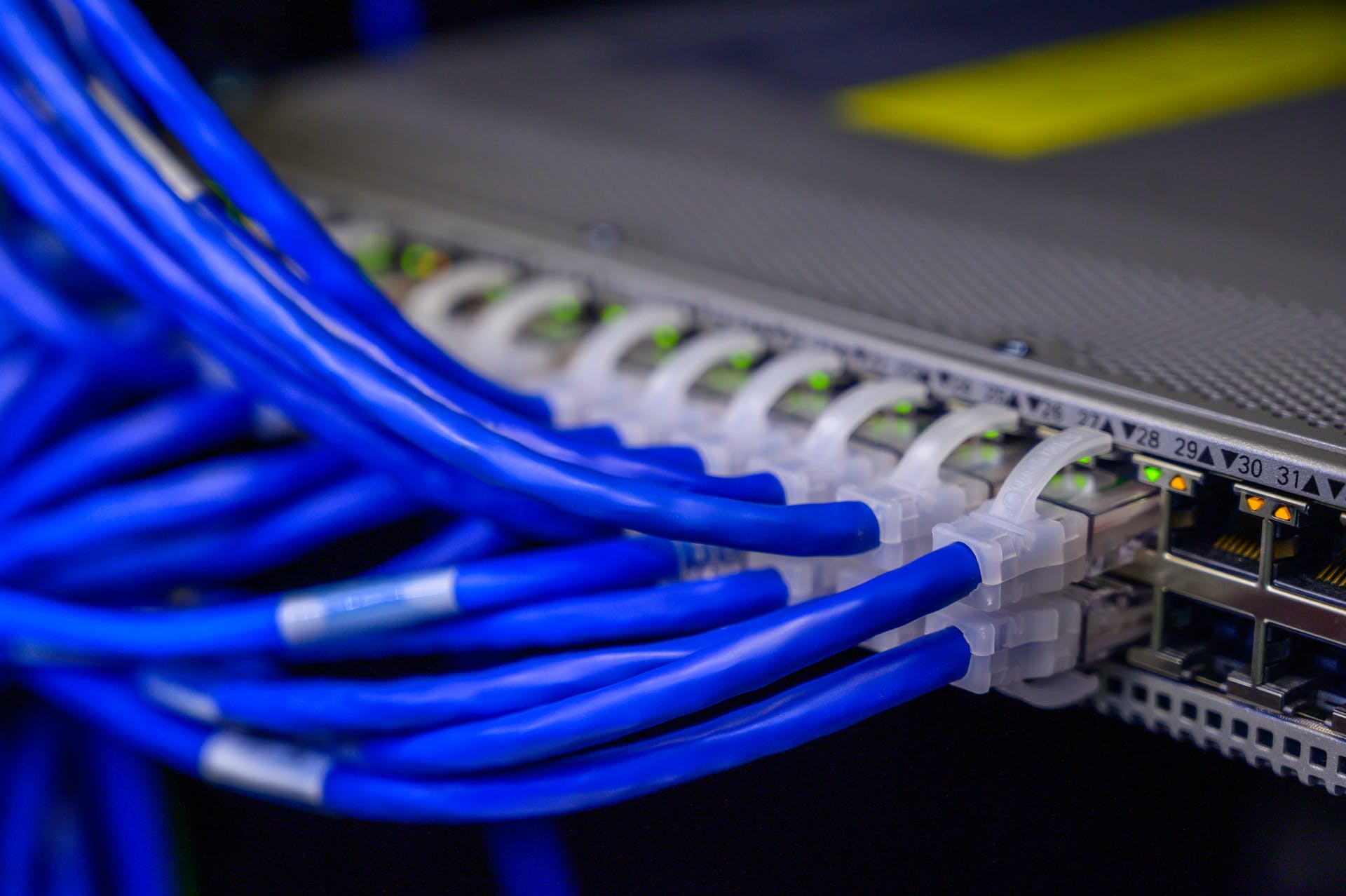Last update at :2024-07-08,Edit by888u
Snail has introduced UCloud server selection and security group port release in previous articles. So today we will take a look at how to install the WEB system environment in the UCLOUD server. Generally we use it to build a website. Of course, if you are not using it to build a website or have other needs, you can use it according to your own needs. Currently, the UCLOUD system can install Windows and Linux systems, and we can install them according to actual needs.
For our website building, probably most netizens will build more websites, and more of them will use PHP+MYSQL language programs, so we choose Linux system more. If we use Linux system to build website If so, there may be more installations of pagoda panels or LNMP one-click packages. Here we take a look at how to follow the WEB environment.
1. UCloud cloud server website building tutorial 2 – UCloud server background management and security group settings
2. UCloud cloud server website building tutorial 1 – Cloud server purchase and coupon collection
Article Directory Hide
First, install the appropriate system image
Second, install a conventional WEB environment system
1. Pagoda panel installation
2. LNMP one-click installation
3. Oneinstack one-click package
Third, the process of installing the WEB environment
First, install a suitable system image
Because we will choose different installation WEB environments or panels later, it will adapt to different system images. For example, if we follow the pagoda panel, Snail's personal recommendation is to install CENTOS7+, which will have better compatibility. For example, when we install Junge's LNMP script, I prefer to use Ubuntu.
Here we enter the UCLOUD cloud server panel where we are currently, find [Reinstall System] as shown in the picture above, and then we select mirror installation.
We can see the picture above and can choose the system image we need, or we can choose the Windows system. What we need to pay attention to here is that I personally recommend that we open commonly used ports to security groups in advance (UCloud server background management and security group settings).
Second, install a conventional WEB environment system
What we commonly use here is to install Pagoda Panel and Junge LNMP, or ONEINSTACK one-click installation package. We can choose according to actual needs.
1. Pagoda panel installation
yum install -y wget && wget -O install.sh http://download.bt.cn/install/install_6.0.sh && sh install.sh
2. LNMP one-click installation
wget http://soft.vpser.net/lnmp/lnmp1.7.tar.gz -cO lnmp1.7.tar.gz && tar zxf lnmp1.7.tar.gz && cd lnmp1.7 && ./ install.sh lnmp
3. Oneinstack one-click package
yum -y install wget screen #for CentOS/Redhat# apt-get -y install wget screen #for Debian/Ubuntuwget http://mirrors.linuxeye.com/oneinstack-full.tar.gz #Contains source code, China You can download tar xzf oneinstack-full.tar.gzcd oneinstackscreen -S oneinstack./install.sh
We can choose the script installation we need. Of course, we must correspond to the prepared system image before.
Third, the process of installing the WEB environment
Here Snail chooses our common pagoda panel installation environment. We log in to SSH, then directly copy the required one-click script and press Enter to install.
We can see the interface above and need to enter [y] and press Enter. Then we just wait.
We can see that the picture above shows that we have installed the Pagoda Panel in SSH. You can see the corresponding Pagoda panel installation user and password. We need to log in to the panel settings.
We are logging in to the installed Pagoda panel according to the account above. The initial interface requires you to agree to the terms. Then you can see the interface shown in the picture below, and choose to install Nginx (LNMP) or Apache (LAMP). We will talk about the difference between the two later. I directly recommend that you install LNMP.
Select MYSQL5.5, FTP, and PHP7.3 according to our suggestions (we can install other versions in the future). Then install it quickly and wait for the installation to complete. If our memory is less than 2GB, it is recommended to choose MYSQL5.5.
To summarize, after we install the Pagoda Panel, we check the status of each port. We can also set a new SSH port in the Pagoda Panel and the 8888 port in the Pagoda Panel. However, we should note that after the settings are completed, we need to add permissions in the UCLOUD security group settings. As for the problem of building a website with Pagoda Panel, Snail will not repeat the introduction. You can refer to the article "Learning to build a website with Pagoda Panel - From Linux server installation, security configuration to website building process", and then you can learn how to build a website. The general webmaster will definitely do it. In this way we will learn how to build a website and install a WEB environment on the UCLOUD server.
Recommended site searches: Korean server rental, address check by IP, Tencent cloud server, asp free space, foreign virtual host, Taiwan host, free ip proxy, free web server Website, query domain name, US server defense,








发表评论